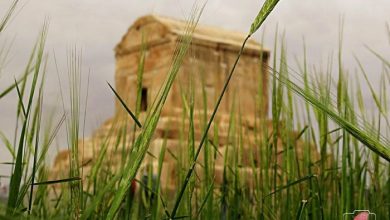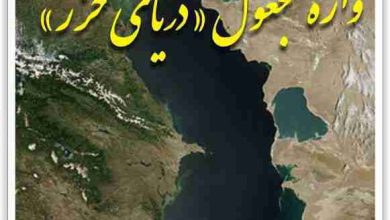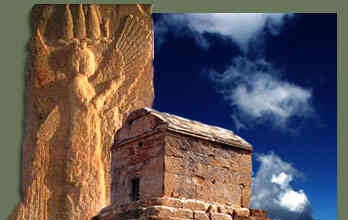Achaemenid armored soldiers' cataphracts
The cataphracts were elite heavy cavalry whose main task was to crush infantry and destroy light cavalry formations, although they could sometimes be used as assault troops as well.. Some historians consider them to be the first knights in the world because they used heavy and shiny aristocratic armor.. Iranians used cataract knights for about 1200 years from ancient times to the Middle Ages.
The word Kataphract comes from the Yutan word κατάφρακτοι/ kataphraktoi which means "armored" or "covered all over".. Griepnor is the name of another form of cataphract, which comes from the Pahlavi word grivban, meaning "neck protector" - referring to one's helmet.- It has taken root.
The Iranian army used heavy knights from the beginning of the 6th century BC and throughout the Achaemenid period.. This is Cyrus the Great (the power: 559 to 539 BC) He realized that for more decisive and effective victories in Central Asia and the Middle East, he should use cavalry knights.. Eighty percent of his army was infantry and the remaining twenty percent were cavalry knights. At the beginning of the Achaemenid period, most of the Iranian army were light weapons. Those who were more heavily armed wore thick leather. With the help of this army, the Iranians could dominate a huge empire that extended from India to Greece.
Finally, during the era of Darius the Great in 490 BC, the Iranians were defeated for the first time in the Battle of Marathon, but it was only after the defeat of Xerxes in the Iran-Greece wars that the Iranians realized that they needed a transformation in their army.. Ardeshir III Achaemenid (358 to 338 BC) He carried out extensive reforms in the army of the late Achaemenid era and pushed it to become heavily armed. The first real kartafracts were used during this period, which consisted of Iranian nobles and acted as special forces.. These warriors were covered with armor and the interesting thing about them is that even the horses of these Iranian cataphracts were protected with armor.. This feature did not appear for some time after the arrival of Alexander until the Parthians in the late third century BC (Parthians), the Greek state of Balkh and the Scythians was revived. Another interesting aspect of the Achaemenid cataphracts is that they were greatly influenced by the Sarmatians and the Scythians, who, of course, were Iranian nomadic people.. It seems that the Scythians were a kingdom under the rule or at least in the shadow of the greatness of the Achaemenid Empire of Iran.
The first use of cataphracts was the Battle of Gogmel in 331 BC, when the Persian emperor Darius III faced the young military elite, the general and the Macedonian king Alexander.. Historian "Arrian" reports that during the battle, Darius III was among his famous and immortal elite infantry guard and the cataphract cavalry were standing on his right side.. Despite the presence of these special forces, the Iranians could not defeat the brave and talented Iskandar and his accompanying cavalry. It is said that these horsemen were lighter in weapons compared to the cataphracts. It can be said with certainty that the reason for the failure of Darius III's huge army was their lack of discipline and morale compared to the warriors of Alexander's army.. For this reason, Iranian cataphracts continued to be reformed during the next few centuries during the Parthian period.







Hello
It was interesting
I wanted to know if you have an official source because I want to use this material
Hello and thank you for this article. I had two questions
1-Is the word cataphract an Iranian or Greek word?
2-What is the correct pronunciation of this word? Please indicate with emphasis. Thank you
Iranians used to say Kalibanari
Hello, thank you
Achaemenians
Greetings to the Iranians
Greetings to you Aryan lady
Thank you for showing Iran's past and making us Persians proud.
Thank you for supporting us and supporting us with your comments